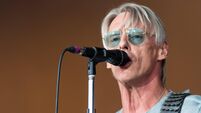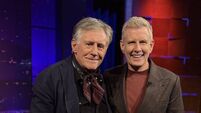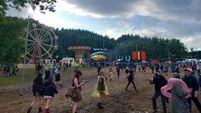The River to Edge Of Town: Bruce Springsteen's eight essential albums

Bruce Springsteen's eight best albums, according to Examiner writer Ed Power
The world was very different when Bruce Springsteen last played Ireland in May 2016. Springsteen was different, too. This was before he had spoken publicly about the depression he had struggled through in his late middle years and before he had gone to Broadway with a one-man show that, night after night, told how this troubled New Jersey boy had grown into one of rock’s great icons.
What hasn’t changed is the emotional heft of Springsteen’s music. And so when he returns to Dublin for his first Irish concerts in seven years, it is with the expectation of a huge outpouring of emotion from both artist and fans. His current set-list is packed with hits such as 'Dancing In The Dark', 'Born To Run' and 'Born In The USA' – anthems that will no doubt reduce Dublin to a state of emotional wreckage as he performs at the RDS on Friday, May 5, Sunday, May 7 and Tuesday, May 9.
“It sounds cheesy, but when you are in the pit at an E Street Band show, it can feel almost religious,” says Eoin Glackin, singer-songwriter and life-long Springsteen fan. “When Bruce and the band are in full flight, it feels like we’re all disciples of rock and roll and Bruce is our pope.”
Glackin, who has just released his new single, The Way You Looked At Me, has been a Springsteen aficionado since the early 2000s when he got into Springsteen through the Devils and Dust record.
“I’ve seen him play solo, with the Seeger Sessions band and with the E Street Band. Every show, for me, has been great. His setlists always have deep cuts, new stuff and the hits all rolled in together perfectly. ”
One fan whose Springsteen devotion stretches back quite a bit further is RTÉ Prime Time journalist David McCullagh. He recalls going to Springsteen’s famous 1985 Slane Castle concert as a 17-year-old and being blown away.
“I had just finished fifth year. It was a beautiful, sunny day. I went in vaguely knowing stuff from the Born In The USA album but not being a huge fan,” says McCullagh. “I went in a sort of casual listener and came away completely converted, as is obvious from the number of times I've seen him since. It was one of those fantastic days. Perfect weather, perfect venue, and just the perfect concert. That sent me on my way really.”
But which Bruce is the best Bruce? Here we countdown – in no particular order – his eight essential records.

The album where Springsteen became Springsteen. It has the songs that fans go giddy for to this day – not least the title track. More than that, it catalyses the public perception of Springsteen: the All American, troubadour, looking towards the open road and trying to shake from his feet the dust of small-town life.
Never before or after would a record capture so powerfully the contradictions bound up in the Springsteen sound. The title track is as bleak as anything he has written. But then come brisk, retro rockers such as Sherry Darling. The paradox was not lost on Springsteen. “Rock and roll has always been this joy, this certain happiness that is in its way the most beautiful thing in life,” he said of The River. “But rock is also about hardness and coldness and being alone ... I finally got to the place where I realised life had paradoxes, a lot of them, and you've got to live with them.”
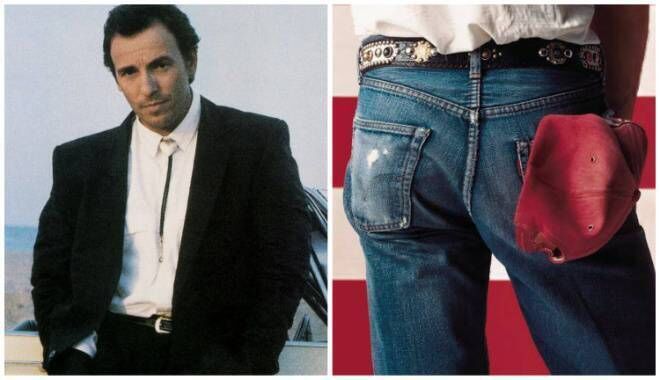
In his late 30s, Springsteen was perhaps slightly too early for his mid-life crisis record. But there is a whole lot of reckoning on this 1987 comedown collection, in which the singer, now a global superstar thanks to Born In The USA, reckoned with his new-found prominence. The LP was recorded in the shadow of his relationship with Patti Scialfa and the crumbling of his marriage to Julianne Phillips, whom he would divorce the following year. Bruce, the rock of blue-collar music, is all at sea on songs such as Brilliant Disguise.
Springsteen die-hards are divided about Springsteen’s mid-1980s blockbuster. It burnished image of Springsteen in his blue jeans and bandana. But tinny, synth-heavy production dooms the project to be forever rooted in the decade that spawned it. David McCullagh gives as an example Dancing in the Dark, the original Born In The USA recording of which many fans dislike because of its dated sound.
“With Dancing With The Dark, most fans will profess to despise it. On record, it’s sort of poppy – a big hit single for him. It’s a song people who don’t know Springsteen’s music will recognise. Most fans will not quite sneer at it but don’t regard it very highly. Until it comes on at a gig.
“The reason is that it has evolved over the years. It’s completely different [today]. It was very synth heavy in 1984, to fit in with the times. The bass is much higher up in the mix now. It’s almost unrecognisable from the song it was back in the day. Everything changes. Some songs you might not like as much in a new arrangement, some you might like more. There’s always a surprise in there somewhere.”
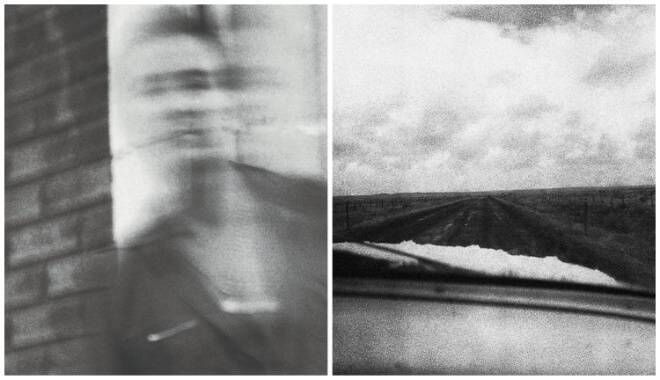
Bruce was back! Not only was The Rising his biggest US hit since Tunnel of Love, but it also saw the artist regain his focus after an often listless and unproductive 1990s. It was Springsteen’s “911 album”, brimming with melancholic reflections on the September 11 attacks whilst communicating the more universal message that the dark is always followed by dawn.
Springsteen looks into the haunted face of an American heartland caught in a spiral of economic decline. This is Bruce at his bleakest: the narrator of the title track, for instance, finishes the song on the electric chair. Springsteen knew he had gone heavy – which is perhaps why he chose not to tour the Nebraska. Instead, he swerved in the opposite direction and returned two years later with mega-smash Born in the USA.
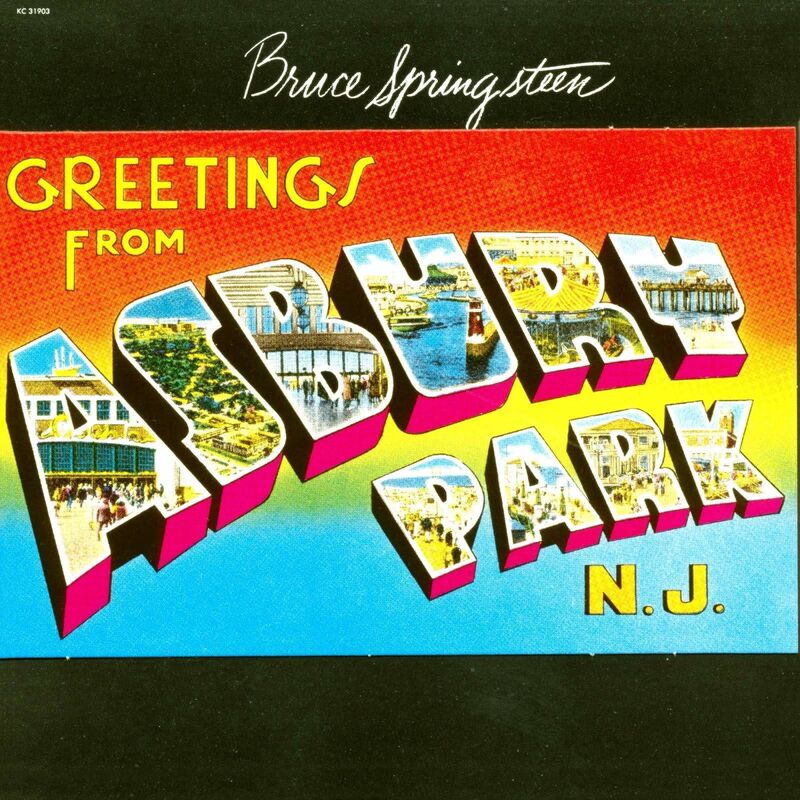
Springsteen recorded his debut in just a week and from the outset, you could tell this was an artist born to run. He poured his teenage passion for Dylan into the songs – but there was something else here, too. A grittiness and a gutsiness entirely original to Springsteen and, if the embryonic songwriting didn’t necessarily match his ambition, you could nonetheless tell that this was the work of an underdog soon to become a rock’n roll kingpin.
Springsteen went deeper and – as spelt out by the title – darker on the follow-up to Born To Run. It’s less diaristic too, with Springsteen instead drawing on Westerns, the punk scene then sweeping New York and country music. Where Born To Run was joyous and expansive, this is a cold-hard diamond of a record, as declared right at the start with opener Badlands.

